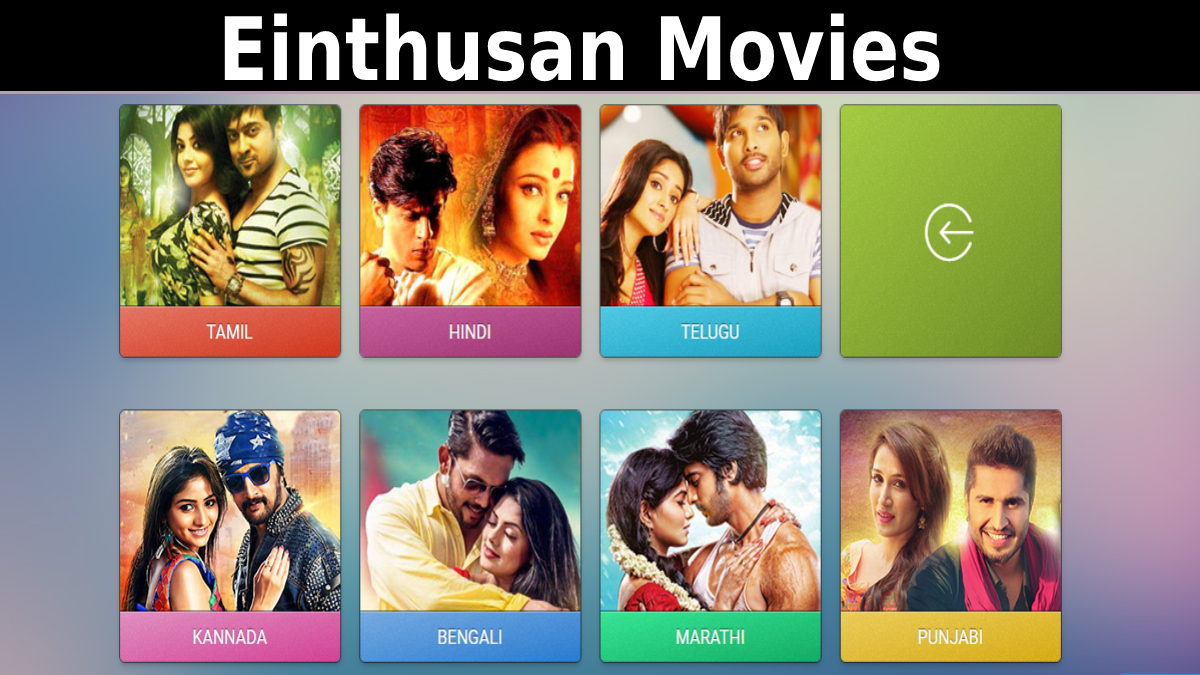What is the difference between LCD, TFT, IPS, LED and OLED?
In the market, there are many confusions between LCD, TFT, IPS and OLED. Of course, all of them are screens.
– LCD displays stands for Liquid Crystal Displays (in the market, LCD default is “Passive Matrix LCD”),
– TFT displays means Thin Film Transistor (in the market, TFT default is “Active-Matrix TN type TFT LCD”),
– IPS displays stands for In-Plane Switching (in the market, IPS defaults to “high-end full-color LCD),
– LED Screens stands for Light Emitting Diode (In the market, LED TV is actually a TFT TV but with LED backlight. They are not LED screens!)
– OLED displays stands for Organic Light Emitting Diode. It is a screen, but not an LCD shown above.
LCD, LED, TFT and OLED – Comparison
Introduction to LCD screens
In the market, LCD stands for Passive Matrix LCD which augments TN (Twisted Nematic), STN (Nematic Super Twisted) or FSTN (STN with Film Compensation) LCD displays. It’s kind of the earliest, lowest cost display technology.
LCD screens are still found in the market for clocks, calculators, clocks, utility meters, etc. low cost due to its advantages of low cost, fast response time (speed), wide temperature range, low power consumption, sunlight readable with transflective or reflective. polarizers etc Most of them are monochrome LCD screens and belong to passive matrix LCD screens.
Introduction to TFT
A TFT screen normally uses TN type LCD Technology . TFT LCDs are also categorically called Active Matrix LCDs. Indicates that these LCDs can retain some pixels while using other pixels. So the LCD will use a minimal amount of power to function (actually to make the liquid crystal molecules between two electrodes twist).
TFT LCDs have capacitors and transistors. These are the two elements that play a key role in ensuring that the TFT screen monitor works using a very small amount of power without running out of power.
Normally, we say TFT LCD panels or TFT displays, we mean they are TN (Twisted Nematic) type TFT displays or TN panels, or TN display technology. TFT is Active Matrix LCD, it is a type of LCD technology.
TFT has wider viewing angles, better contrast ratio than TN screens. TFT display technologies have been widely used for computer monitors, laptops, medical monitors, industrial monitors, ATMs, POS, etc.
Introduction to IPS
Actually, IPS technology is a kind of TFT display with thin-film transistors for individual pixels. But IPS screens have superior high contrast, wide viewing angle, color reproduction, image quality, etc. IPS displays have been found in high-end applications such as iPhones, iPads, Apple Samsung mobile phones, more expensive LCD monitors, etc.
Both TFT LCD screens and IPS LCD screens are active matrix screens, neither of them can produce color, there is an RGB (red, green, blue) color filter layer on each pixel of the LCD so that the LCD screen show colors. If you use a magnifying glass to view your monitor, you will see RGB color. With on/off and different RGB brightness level, we can get many colors.
Neither can release color on its own, they have relied on an additional light source to show. LED backlights are often along with them in display modules as light sources. Also, both TFT displays and IPS displays are transmissive, will require more power or be more expensive than passive matrix LCD displays to view in bright sunlight. The transmittance of IPS screens is lower than TFT screens, more power is needed for IPS LCD screen.
Introduction to LEDs
As mentioned above, LCD screens cannot produce light on their own. They need to be backlit together as display units (display modules). Years ago, there were mainly 3 types of LCD backlights; LED backlight, CCFL (cold cathode fluorescent lamp) backlight, and EL (electroluminescent) backlight. They were competing with each other.
CCFL can be used for large screen backlights, but they contain some environmentally harmful material; EL can be used in a very slim design, but it needs more than 100VAC to work and the brightness is low. Thanks to the rapid progress of LED material and manufacturing progress, we are able to get brighter and longer lasting LED chips. Some TV manufacturers were proud to announce that their TVs were LED, but they weren’t. They were still TFT or IPS LCD, BUT with LED backlight.
Introduction to OLEDs
OLED screens are an emissive display technology that does not belong to LCD screens. Each dot that lights up on the screen creates a small, bright area of glowing phosphor. Its contrast is very high, which makes OLED used in very high-end applications. Some even high-end TVs and mobile phones use AMOLED (Active Matrix Organic Light Emitting Diodes) displays.
The technology provides even better color reproduction and image quality, a better color gamut, and less power than LCD technology. Note that OLED includes AMOLED and PMOLED (Passive Matrix Organic Light Emitting Diodes). What you should choose is AMOLED for you, TV and mobile phones instead of PMOLED. If you have more budget, you can have your display screen with touch screen, most touch screen nowadays use PCAP (Projective Capacitive) touch panel. This type of touch technology was first introduced by Steven Jobs on the first generation iPhone.
LCD, TFT, IPS, LED and OLED can be confusing and belong to different ent technologies, but they have more things in common: they are all flat panel monitors, unlike the bulky, heavy, outdated and expensive CRT (ray tube). cathodes). See if you are old enough to see the screen as below.
Screens-People.com is professional original Desktop,Laptop & Tablet LCD Screen Display trading or replacement supplier and wholesale provider, mainly focused on dell,hp,lenovo,Apple,Acer,ASUS brand.








